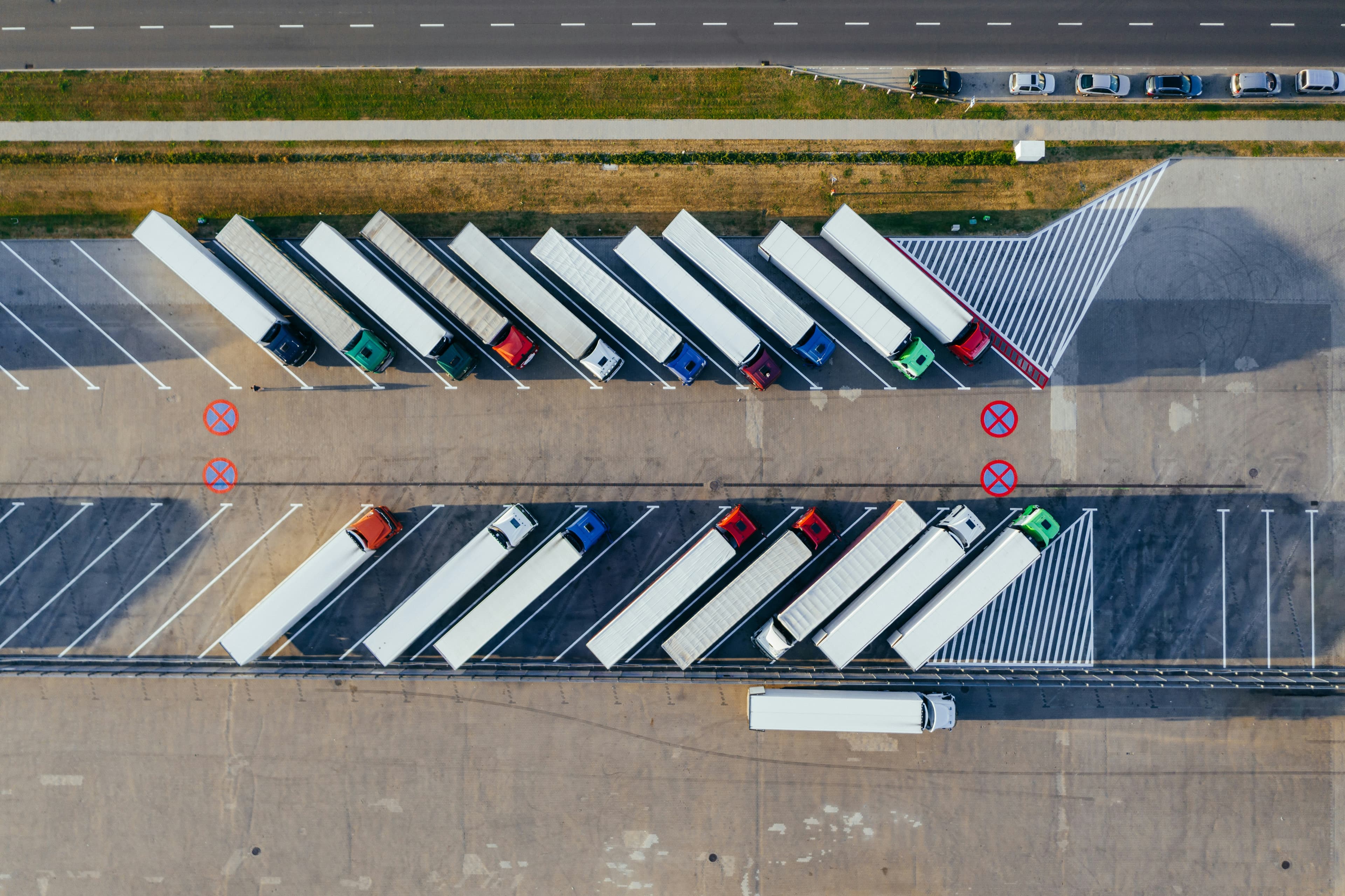
Offer local manufacturing for single use products
 Saint-Gobain
Saint-Gobain Sustainable Procurement Pledge
Sustainable Procurement Pledge 总结
Reduce Scope 3 emissions by shifting single-use product supply chains to local manufacturing, enabling lower carbon transport.
Context
This case study is part of the “Beyond The Guide Deepdive: Pharma & Life Sciences Supply Chain,” an initiative that connects the dots between the Sustainable Procurement Pledge Champion Program and the Pharmaceutical & Life Sciences Chapter. It brings together real-world insights and experiences from across the industry to support procurement teams in transforming sustainability goals into tangible actions. Learn more here.
Saint-Gobain Life Sciences, a global provider of material science solutions for biopharmaceuticals and cell therapy, designs customized single-use systems for critical fluid management.
The BioProcess Solutions (BPS) segment of the biopharmaceutical industry operates within a complex and global supply chain. Due to the urgency of drug production, products and raw materials are frequently shipped internationally, often via air freight.
Figure 1: BPS Implementation all over the world

Reducing emissions in Scope 3 categories, specifically Category 4 (upstream transportation) and Category 9 (downstream transportation), is essential to mitigating environmental impact. As a supplier of single-use solutions, Saint-Gobain Life Sciences has committed to expanding local manufacturing capabilities to address this challenge. Notably, approximately 70% of emissions from bioprocessing customers fall under Scope 3.
On a broader scope, Saint-Gobain aims to reduce its Scope 3 by 16% by 2030 and to be carbon net zero in 2050 on the 3 scopes, which by extension also applies to BPS.
Solution
Saint-Gobain Life Sciences uses the EcoTransit tool to quantify the CO₂ impact of downstream transportation. Two scenarios were modeled:
Scenario 1: Shipment from a U.S. site to a customer in Ireland via air and sea freight
Scenario 2: Shipment from a French site to the same customer via truck
EcoTransit calculates greenhouse gas emissions, internal costs, and distance traveled, enabling comparative analysis of transportation options.
This data-driven approach enables BPS to have a more responsible decision-making process that includes factors such as sustainability, in a business where urgency often means that other matters will not be considered.
Impact
Sustainability Impact
Climate
This initiative helps tackle the Scope 3 emissions, category 9 “Downstream transportation”. Overall, at Saint-Gobain BPS, LCAs are based on the cradle-to-gate methodology, making it even more important to include downstream Scope 3 emissions concerns in daily operations and decision-making processes.
The impact depends naturally on the different scenarios simulated. EcoTransit incorporates variables such as shipment volume, geographic location, transportation mode, and fuel type, and will also give more specific data based on the type of fuel used if available. While impact varies by scenario, consistent use of local manufacturing can yield significant reductions especially as an actor with a global implementation.
As a reference, a container ship emits 3 grams of CO2 equivalent per ton per kilometer, compared with 80 for a truck and 437 for a cargo plane (1).
Figure 2: CO₂ Emissions by Mode of Transport
Transport Mode | CO₂ Emissions (g CO₂e/t/km) | Relative Emissions |
Container Ship | 3 | Lowest emissions |
Truck | 80 | Moderate emissions |
Cargo Plane | 437 | Highest emissions |
Taking the previous example of a technology transfer, from a plant in a US (Beaverton) to a plant in France (Charny), 32,000 kg CO2eq can be avoided per year.
Nature
Deciding on the less emitting mode of transportation, will reduce the impact of the business on climate change, and thus limiting the company’s contribution in its negative effects such as the rising occurrence of natural disasters, global warming, rising water, acidification of the ocean, permafrost melting, etc.
Social
This initiative reinforces local manufacturing, encouraging a shorter and reactive supply chain and thus less lead time. It can be prevent or minimize bottlenecks in case of a societal trend/matter affecting the biopharmaceutical industry – such as the Covid 19 pandemic. More than ever, it has become clear that combining strategic planning and rapid responses in case of increasing demand is only possible with a close collaboration of manufacturer and supplier.
Business impact
Benefits
This initiative is a joint effort between sales, sustainability and supply chain teams to take action and collaborate with customers to achieve scope 3 reduction targets and contribute to the decarbonization of the biopharmaceutical supply chain. It is as rewarding for customers as for the company and fosters a sustainability-oriented culture within companies.
In addition, the website provides an estimate of the costs of each scenario, enabling BPS to take it into account and also to reduce them when possible. Shifting from air freight to sea or road freight typically results in both cost savings and reduced emissions.
Costs
There is no particular cost linked to this initiative. EcoTransit is 100% free of use, and no additional internal resources are required to implement it.
However, investments for technology transfer from one site to another were necessary. It represents a long-term investment, which includes transfer or development of competence in several regions, collaboration between sites and creation of specific lines of products.
Implementation
Typical business profile
This initiative can be adopted by various businesses although the focus on this case study is single-use product providers and their customers in biopharma, facing previously mentioned business-specific challenges. It is therefore rather relevant for very global businesses, which tend to prioritize lead time without assessing different options due to the urgency nature of the sector.
Approach
Define scope (target plants and customers)
Gather data (locations of plants and customers)
Simulate transportation scenarios
Gather and compare EcoTransit per site and locations: using for example an Excel spreadsheet easy to keep up to date – or directly in a downstream transport management system.
Make decisions based on lead time and emissions
Stakeholders involved
In order to quantify and link to the company’s overall Life Cycle Assessment, the Life Cycle Assessment and Eco-innovation manager is involved.
In order to foster this approach and formalize the scenario, the Sustainability Market Manager should be involved too.
Lastly, to embed it into the offer of the company and present it as a service to help customers reduce their scope 3, the sales and supply chain teams are be be involved as well.
Key parameters to consider
There are a couple of watch outs before implementing this initiative, such as:
Having clear assumptions defined from the beginning, and being comfortable with having hypotheses.
Ensuring that the scenario and scope being assessed are clear (which enables the most sustainable decision to be taken without implying a shift in impact).
Gather accurate and thorough supply chain inputs to have a smooth tech transfer.
Implementation and operations tips
This function can be automatically available with some input data to generate a quick hypothesis to get started. It could also be integrated into a transport tool if downstream transport is already managed. The main challenge faced during the implementation is that having a more local production is not a business driver yet: urgency and already existing practices are usually being the reason why it is not a decision taken “by default”. Our ways to overcome it is to train salesforce in order for them to proactively engage customers. Also, naturally, developing a sustainability workforce is necessary to coordinate, train and assist during this process.
Source list
(1) https://www.polytechnique-insights.com/dossiers/energie/les-innovations-bas-carbone-du-fret-maritime/comment-reduire-lempreinte-carbone-du-fret-maritime/#note-content-4